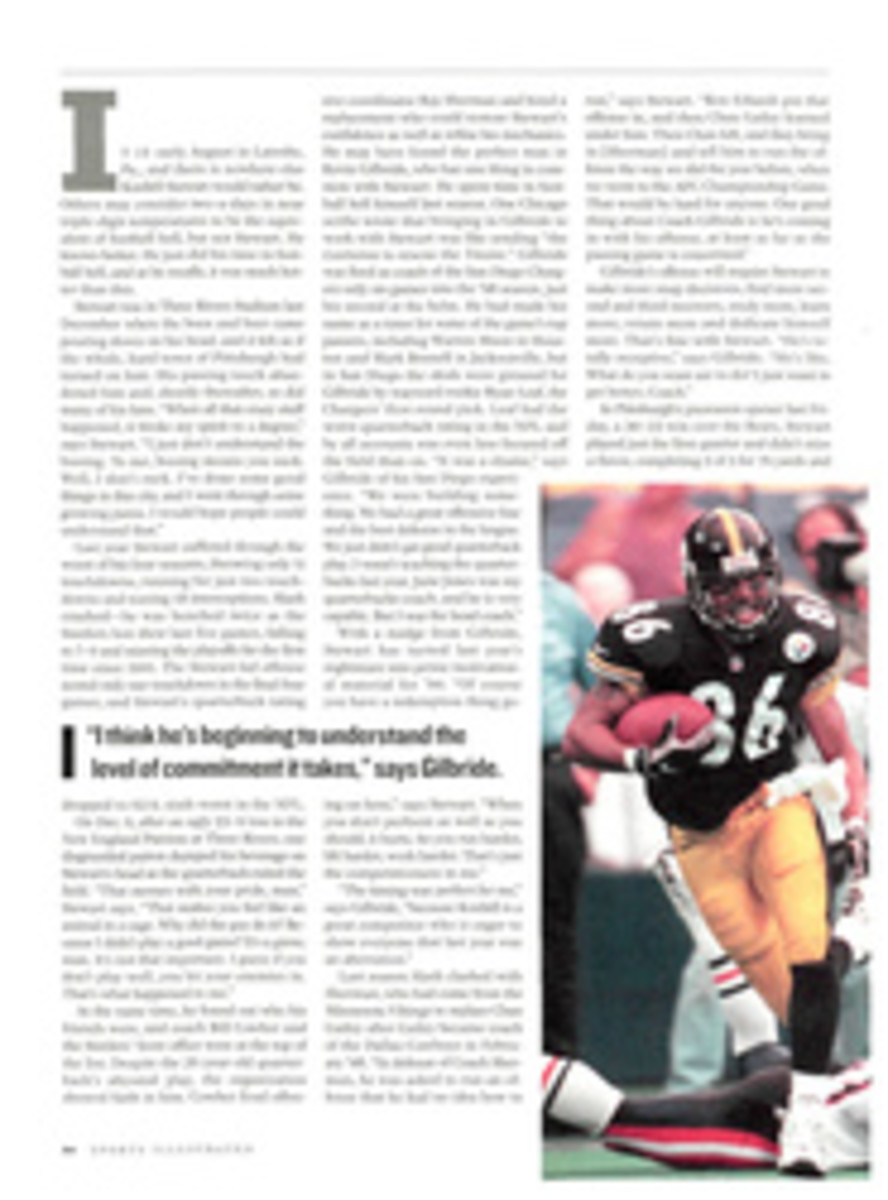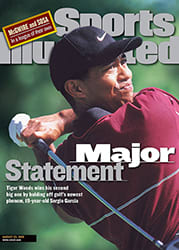
Driven Crazy By Baseball Caps If only this ubiquitous headwear would make like the fedora--and disappear
Often when I ponder the great issues of our time, I cannot help
but pause to wonder: When did absolutely everyone in the world
start wearing baseball caps? And the companion great question:
Why?
Do you think baseball caps are attractive or stylish? I don't.
Before they became de rigueur in global fashion, baseball caps
had only two first cousins: There were grotesque fishing caps,
with exceptionally long visors, made of a dark green acetate
material. And there were caps that guys driving tractors wore,
which said, simply, JOHN DEERE.
Otherwise, outside of baseball, nobody wore baseball caps. Why
would you? Outside of football, who would wear football helmets?
Instead, men wore fedoras, most of which were made in the Hat
City, which was Danbury, Conn. If you look at old pictures of
people watching baseball games, virtually all of the people were
men, all of whom were wearing fedoras from the Hat City. In the
late 19th century and first half of the 20th century, if a
spectator wore a baseball cap to a baseball game, he would have
appeared very affected--like a guy going to the ballet in tights.
Another kind of cap that men wore was of the floppy, flat style.
I don't know what it is called. Growing up, we called them
"bunny" hats, but I suspect that wasn't their official name. Off
the field, Babe Ruth often wore this style of cap. Nobody wears
them now except Payne Stewart, the golfer, as part of his
hideous throwback outfits. Other golfers wear, of course,
baseball caps. Likewise, if a tennis player wears a cap on
court, it's a baseball cap.
Another compelling thing about baseball caps is how many people
in other sports put on baseball caps as soon as they stop
playing their own games. Quarterbacks, for example. Immediately
after they come off the field, they take off their helmets and
put on baseball caps. So do race car drivers.
In almost all sports, whenever a team wins a championship, the
first thing the players do is don special commemorative
championship baseball caps. Often the players put these on
before they take the manufacturer's tags off. The Chicago Bulls
used to look like a whole squadron of Minnie Pearls. Also, teams
in all sports sell baseball caps as souvenirs. This is terribly
confusing. Why can't other sports sell souvenir bonnets that
aren't baseball caps? Why not hockey berets? Or football
derbies? Or basketball cowboy hats? Or soccer bunny hats?
Now women athletes have joined the baseball-cap bandwagon. This
has not only made the baseball cap an androgynous item, like
sneakers, but also has increased the baseball-cap market by
100%. It has also, in my opinion, brought women down to the
level of men--another excellent example of the price we must pay
for equality.
As near as I can tell, all over the world, "baseball caps" are
much better known than baseball itself. In England, which
doesn't know baseball from Roller Derby, the head of the
Conservative shadow government, William Hague, is derisively
referred to by some Laborites as "the nerd in a baseball cap." I
suggest to Bud Selig that wherever he goes, he should introduce
himself as "commissioner of the sport that gave us baseball caps."
Yes, for whatever reason, baseball caps have become one more
American contribution to the world culture--blue jeans for the
head, McDonald's for the hair. I don't understand why. Baseball
caps are not comfortable; they are certainly not flattering;
they are not millinery, not chapeaus. Moreover, the visor
shadows the face and makes it difficult to see the person
wearing it. It's hard, for example, to French kiss wearing a
baseball cap.
Maybe it's just that a baseball cap makes a good billboard. As
team insignia have always gone on caps, so can messages and
logos be flaunted there: ASK ME ABOUT MY GRANDCHILDREN. Maybe,
in this modern time, we wear baseball caps because we don't have
enough confidence in our own faces and have to dress them up
with brand names or show off resort identification or familiar
slogans. Baseball caps have, sadly, turned our heads into bumper
stickers.
Next week: Fashion authorities and psychologists discuss why so
many people now wear baseball caps backward.
COLOR ILLUSTRATION: ILLUSTRATION BY MICHAEL WITTE
Baseball caps are not comfortable; they are not flattering; they
are not millinery.

